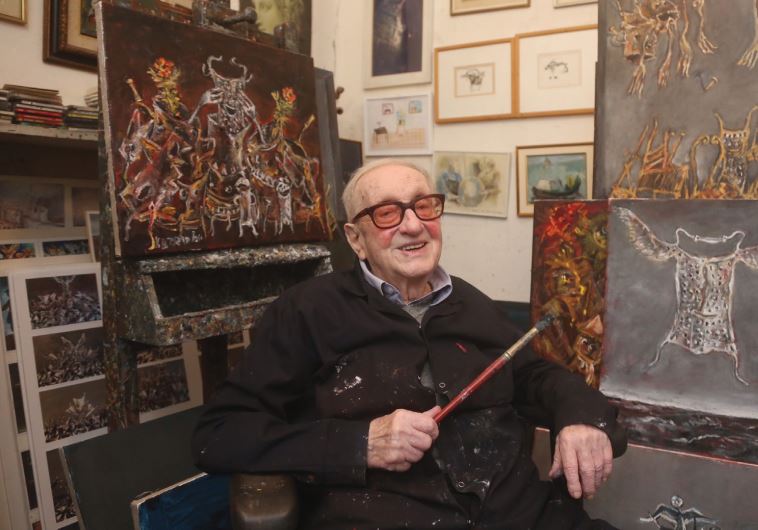A master artist reflects on his life
‘I’m a story teller through paintings. I tell stories of how I feel,’ says 94-year-old Israel Prize-winner Yosl Bergner.
 INTERNATIONALLY RENOWNED artist Yosl Bergner sits in his Tel Aviv studio on Tuesday(photo credit: MARC ISRAEL SELLEM)Updated:
INTERNATIONALLY RENOWNED artist Yosl Bergner sits in his Tel Aviv studio on Tuesday(photo credit: MARC ISRAEL SELLEM)Updated: